Search
Search Results
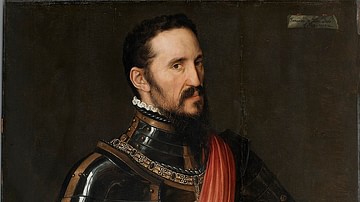
Image
Don Fernando Álvarez de Toledo, 3rd Duke of Alba
Portrait of Don Fernando Álvarez de Toledo, 3rd Duke of Alba (l. 1507-1582) by Antonis Mor, 1557.
Hispanic Society Museum and Library, New York.
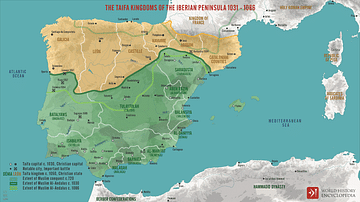
Definition
Taifa
Taifas ("factions" or "camps") were small independent Muslim kingdoms and principalities that emerged after the fall of hegemonic Muslim caliphates in al-Andalus – the Muslim-controlled part of the Iberian peninsula – during the High Middle...
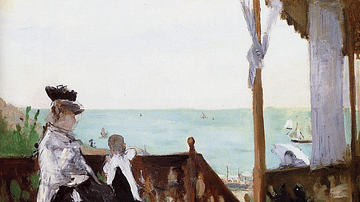
Image
In a Villa By the Seaside by Morisot
An 1874 oil on canvas painting, In a Villa By the Seaside, by Berthe Morisot (1841-95), the French impressionist painter. (Toledo Museum of Art, Toledo, USA)
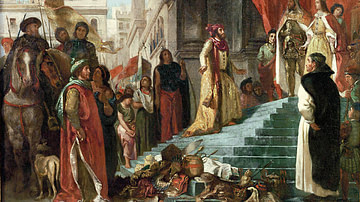
Image
The Return of Christopher Columbus
An image of Christopher Columbus (1451-1506) seeking an audience with Isabella I of Castile (1451-1504) and Ferdinand II of Aragon (1452-1516). Painted by Eugène Delacroix in 1839. Oil on Canvas. Located in the Toledo Musuem of Art in Toledo...
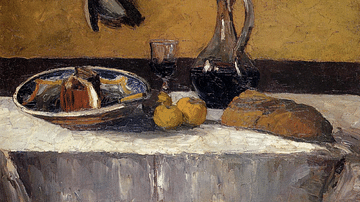
Image
Still Life by Pissarro
An 1867 oil on canvas still life by Camille Pissarro (1830-1903), the Danish-French impressionist painter. (Toledo Museum of Art, Ohio, USA)
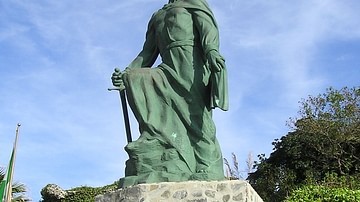
Definition
Abd al-Rahman I
Abd al-Rahman was the founder of the Emirate of Cordoba and ruled as Abd al-Rahman I from 756-788 CE. As one of the lone survivors of the Umayyad Dynasty after the Abbasids defeated the Umayyad Caliphate, Abd al-Rahman bridged the Umayyad...
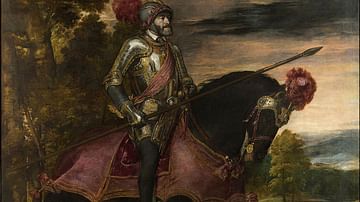
Definition
Schmalkaldic War
The Schmalkaldic War (1546-1547) was fought between the Protestant Schmalkaldic League and the Catholic armies under Charles V, Holy Roman Emperor, who, having failed to achieve religious unity of his subjects at the Diet of Augsburg in 1530...

Image
The Taifa Kingdoms of the Iberian Peninsula, 1031-1086
A map illustrating the fragmented political situation in Al-Andalus (the Muslim-ruled area of the Iberian Peninsula) after the collapse of the Umayyad Caliphate of Cordoba in 1031. Known as taifas (from Arabic "party" or "faction"), numerous...

Article
The Iberian Conquest of the Americas
European explorers began to probe the Western Hemisphere in the early 1500s, and they found to their utter amazement not only a huge landmass but also a world filled with several diverse and populous indigenous cultures. Among their most...
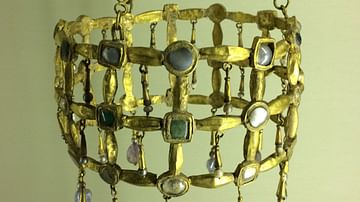
Image
Votive Crown from Visigothic Spain
This Visigothic votive crown is from 7th-century Spain, and it was made from gold, elements of nacre, amethysts, sapphires, emeralds, and glass beads. It was discovered in 1860 in the "Treasure of Guarrazar" near Toledo, Spain. (Musée de...